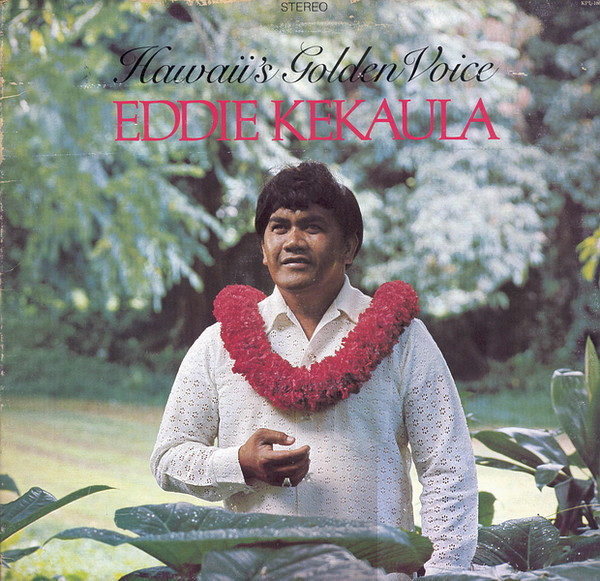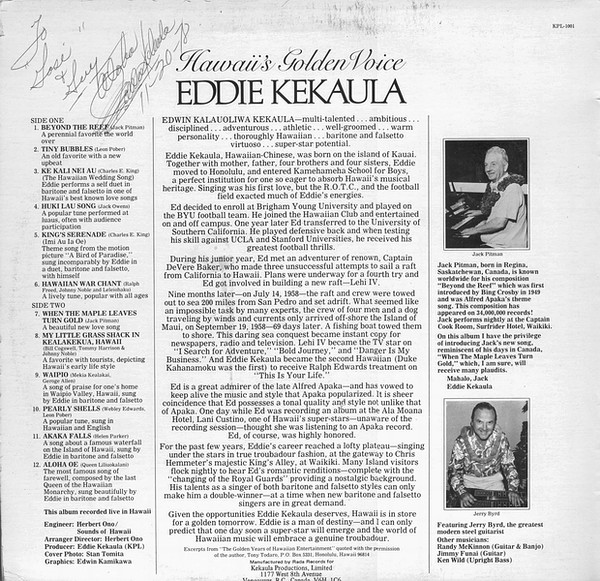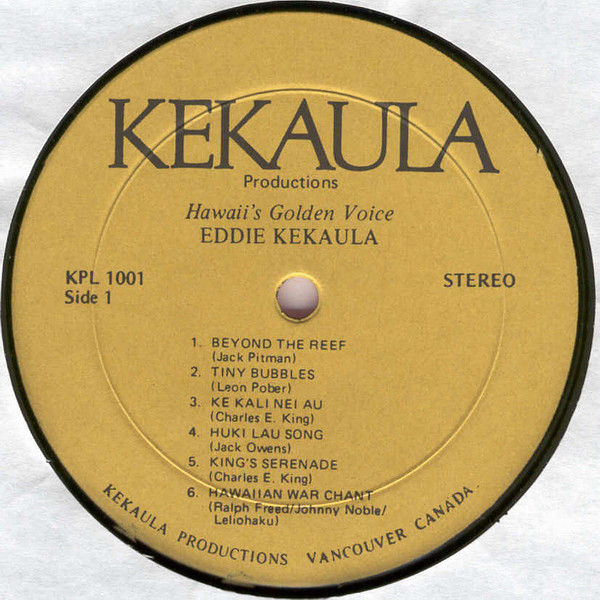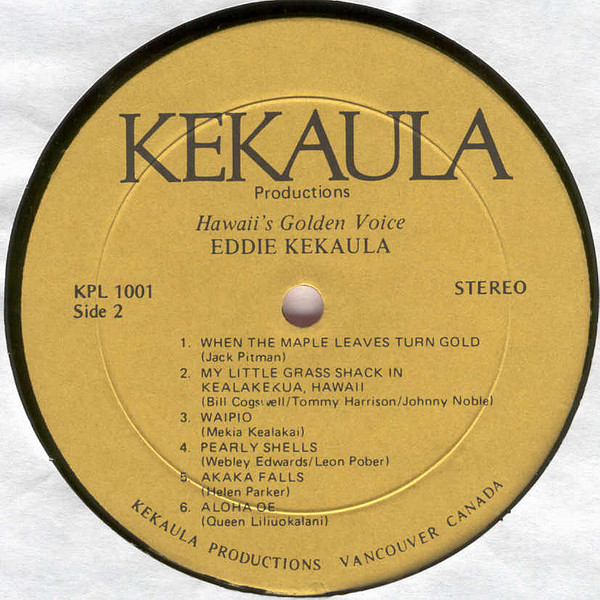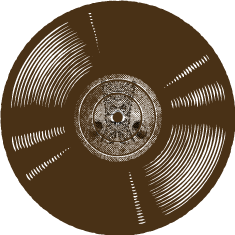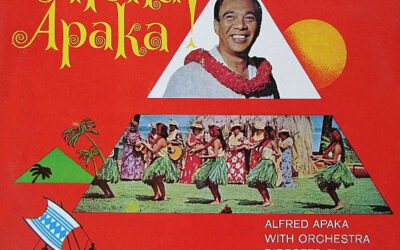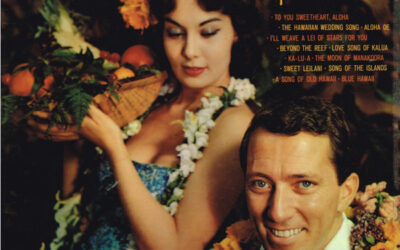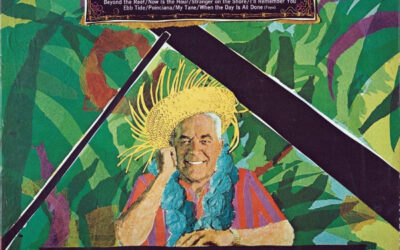Label: Kekaula Productions
Genre: Jazz, Folk, World, & Country
Style: Easy Listening, Pacific
Year: 1975
Side 1
Side 1
Tracklist:
- Beyond The Reef
- Tiny Bubbles
- Ke Kali Nei Au (The Hawaiian Wedding Song)
- Huki Lau Song
- King’s Serenade (Imi Au Ia Oe)
- Hawaiian War Chant
- When The Maple Leaves Turn Gold
- My Little Grass Shack In Kealakekua, Hawaii
- Waipio
- Pearly Shells
- Akaka Falls
- Aloha Oe
Notes:
Released in 1975 under Kekaula Productions, Hawaii’s Golden Voice by Eddie Kekaula is a heartfelt tribute to Hawaiian music, blending traditional island melodies with Kekaula’s rich vocal delivery. The album was recorded live at Sounds of Hawaii, capturing an authentic and intimate atmosphere that reflects the warmth and spirit of Hawaiian culture. With a mix of beloved Hawaiian classics and sentimental ballads, the record showcases Kekaula’s ability to convey deep emotion through his smooth and expressive voice.
The tracklist includes well-known Hawaiian standards such as “Beyond the Reef,” “Tiny Bubbles,” and “Ke Kali Nei Au (The Hawaiian Wedding Song),” each performed with Kekaula’s signature style. Other selections like “Hawaiian War Chant” and “My Little Grass Shack in Kealakekua, Hawaii” bring a lively energy to the album, while “Akaka Falls” and “Aloha Oe” provide a more reflective and nostalgic touch. The arrangements feature contributions from skilled musicians, including steel guitarist Jerry Byrd, whose artistry adds depth to the album’s sound.
Eddie Kekaula, both a performer and producer of the album, was dedicated to preserving and sharing Hawaiian music with audiences beyond the islands. His approach to the songs emphasizes sincerity and tradition, making *Hawaii’s Golden Voice* a standout recording for those who appreciate the genre. The production highlights smooth instrumentation, blending elements of Hawaiian folk with easy-listening arrangements that enhance the emotional resonance of each track.
Over the years, Hawaii’s Golden Voice has remained a cherished entry in Hawaiian music, reflecting the era’s appreciation for island culture and melodic storytelling. While Kekaula may not be as widely recognized as some of his contemporaries, his work on this album continues to resonate with listeners who value the timeless charm of Hawaiian melodies. Whether enjoyed as a nostalgic journey or studied for its musical craftsmanship, the album stands as a testament to the enduring beauty of Hawaiian-inspired recordings.



